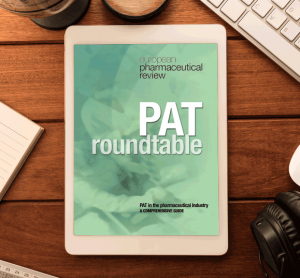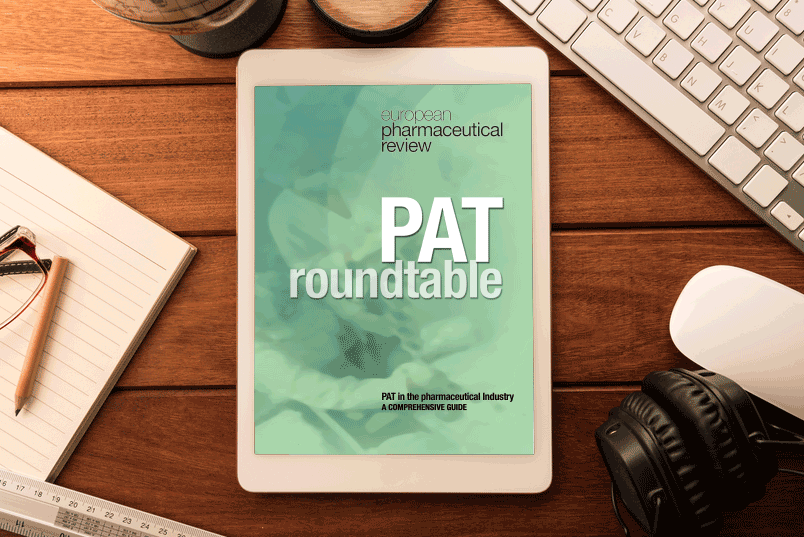Protein crystallography in drug design: current bottlenecks
21 September 2007 | By Timothy Allison & Sanjeev Munshi, Department of Structural Biology, Merck, Westpoint, PA
Protein crystallography is an integral component of the structure-guided drug discovery process. Rapid access to structural information about drug targets as well as bound ligands has been pivotal in accelerating lead identification and optimisation processes...










